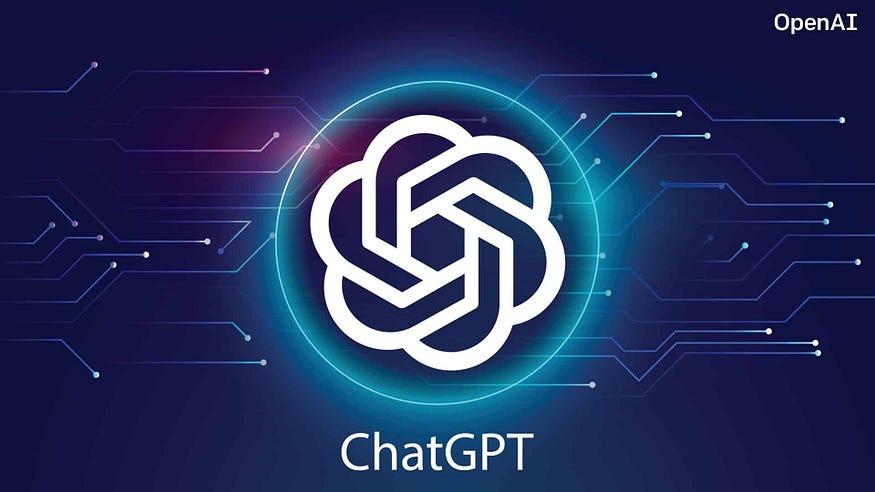What is Amazon Aurora?
Amazon Aurora is a MySQL and PostgreSQL-compatible relational database built for the cloud, that combines the performance and availability of traditional enterprise databases with the simplicity and cost-effectiveness of open source databases.
Amazon Aurora is up to five times faster than standard MySQL databases and three times faster than standard PostgreSQL databases. Amazon Aurora is fully managed by Amazon Relational Database Service (RDS), which automates time-consuming administration tasks like hardware provisioning, database setup, patching, and backups.
Amazon Aurora features a distributed, fault-tolerant, self-healing storage system that auto-scales up to 128TB per database instance. It delivers high performance and availability with up to 15 low-latency read replicas, point-in-time recovery, continuous backup to Amazon S3, and replication across three Availability Zones (AZs).
Here is a full tutorial video (Overview + Demo) based on AWS Aurora👇👇
Features of Amazon Aurora
- Scalability
- High throughput
- Instance monitoring and repair
- Encryption
- Easy to use
- Cost-effective
- Migration support
- Fully Managed
Amazon Aurora DB Cluster
Amazon Aurora DB cluster is a virtual database storage volume that spans multiple availability zones. Each Amazon Aurora Database Cluster is made up of two or more DB instances and a cluster volume that primarily manages the data for those DB instances. The following are the two types of DB instances that make up an Amazon Aurora Cluster:
- Primary DB instance: This type of DB instance supports read and write operations and performs all data modifications to the cluster volume. Each Aurora DB cluster has one primary DB instance.
- Aurora Replica: Unlike the primary DB instance, Aurora Replica only supports read operations. It is connected to the same storage volume as the primary DB instance. By locating Aurora Replicas in separate availability zones, high availability can be maintained.
Amazon Aurora Pricing
Amazon Aurora is paying as you go. It is comprised of 3 parts:
- Hosting. You can choose from 3 different types of hosting depending on your needs
- Storage and Operations. Storage is billed per gigabyte per month, and I/O is billed per million-request
- Data transferred
